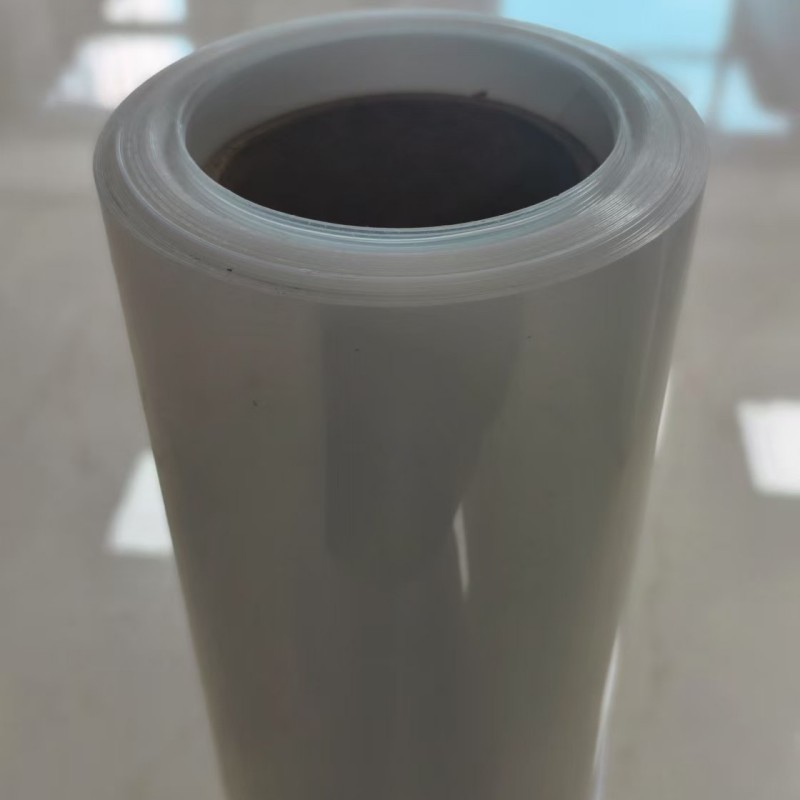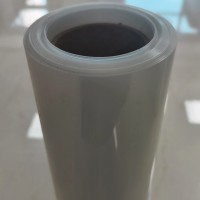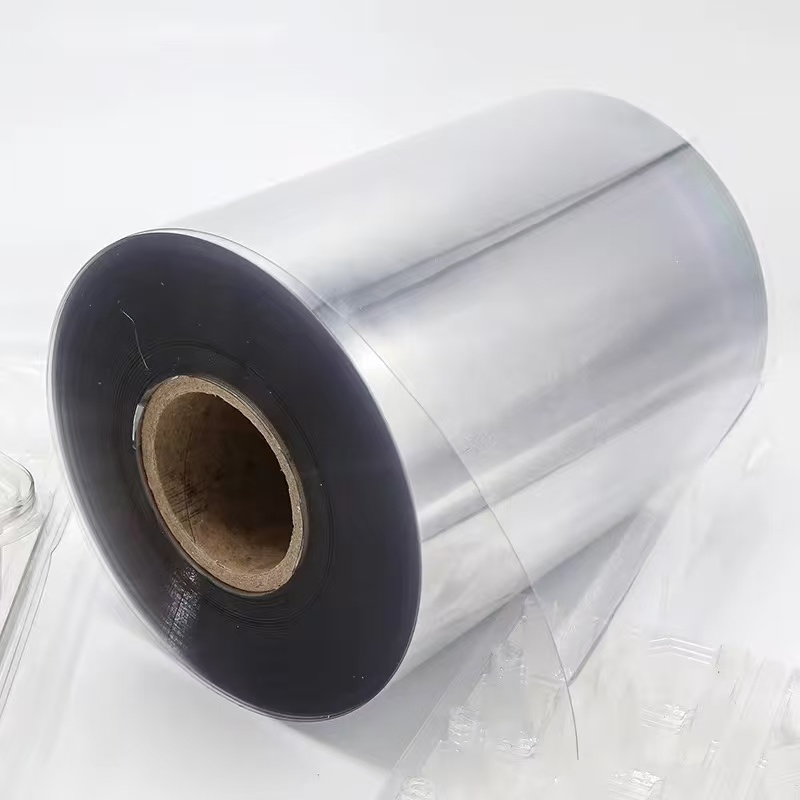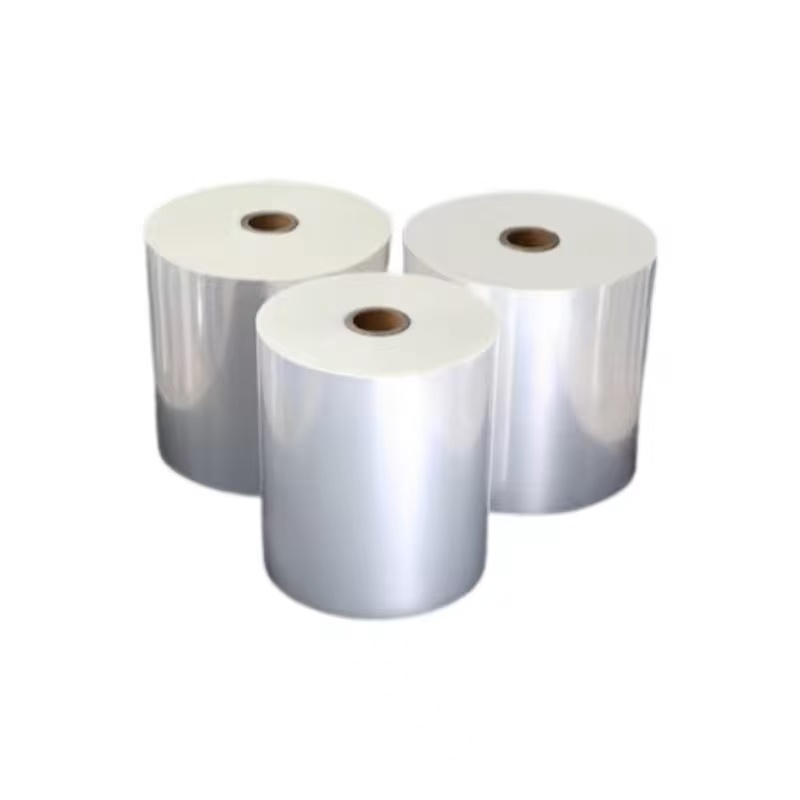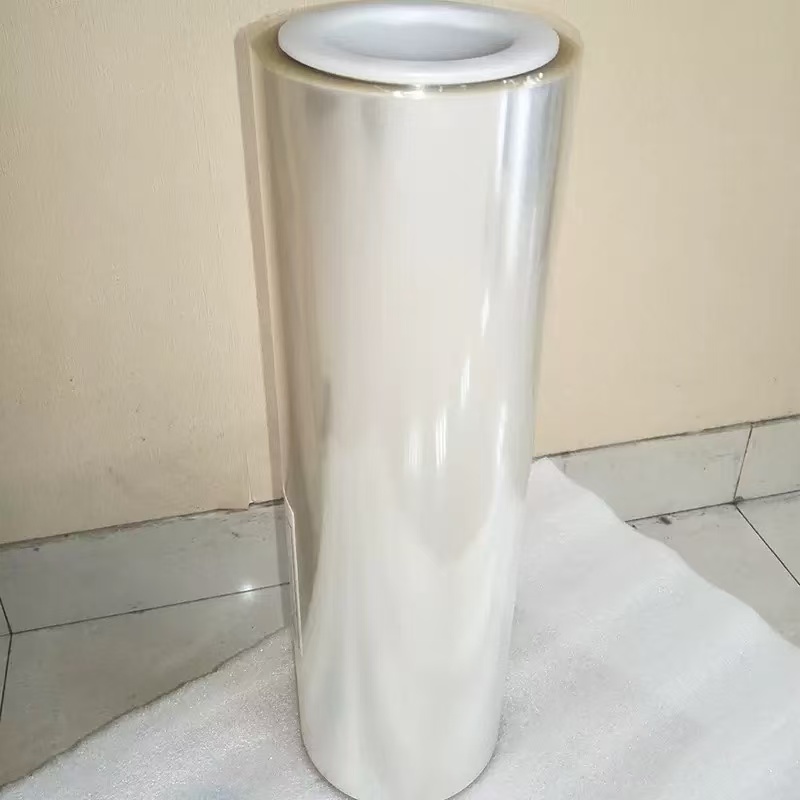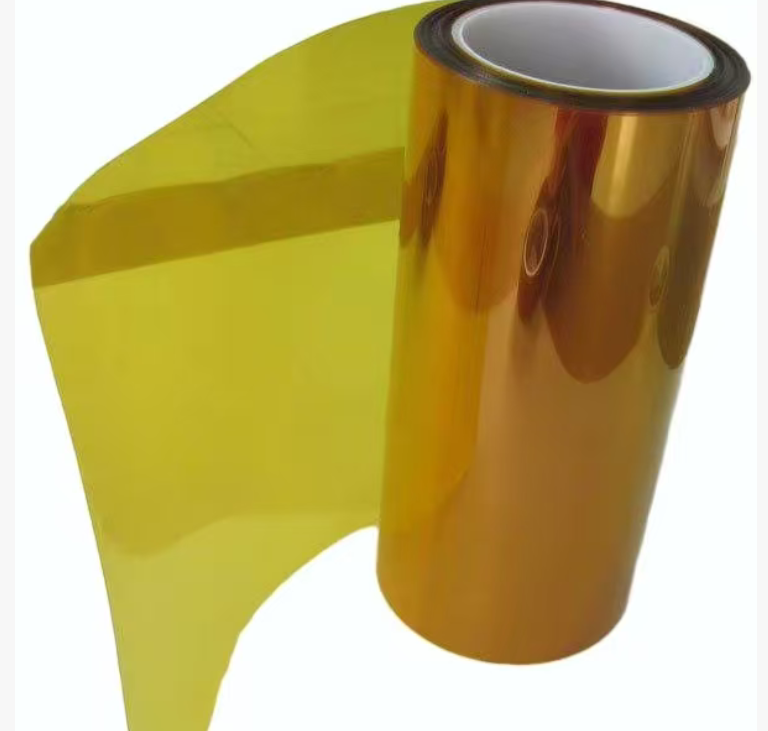
Heat-resistant Rigid CPET Thermoforming Film
Heat resistant
- TL
- 中国
- 2025.02.28
- 1000 tons
- Information
PET rigid film is a type of plastic material that is widely used in the packaging industry, particularly for food packaging. Here are some of the key advantages of CPET rigid film:
1. **Heat Resistance**:
- **High Temperature Tolerance**: CPET can withstand high temperatures, making it suitable for ovenable and microwaveable applications. It can typically handle temperatures up to 220°C (428°F), which is ideal for ready-to-eat meals and other heat-treated foods.
2. **Cold Resistance**:
- **Freezer Safe**: CPET is also resistant to low temperatures, making it suitable for freezer storage. This dual-temperature resistance makes it a versatile choice for a wide range of food products.
3. **Barrier Properties**:
- **Moisture and Gas Barrier**: CPET provides good barrier properties against moisture, oxygen, and other gases, helping to extend the shelf life of packaged foods by preventing spoilage and maintaining freshness.
4. **Mechanical Strength**:
- **Rigidity and Durability**: The rigid nature of CPET film ensures that the packaging maintains its shape and structural integrity, even under various handling and transportation conditions. This helps in protecting the contents from damage.
5. **Transparency and Clarity**:
- **Visual Appeal**: CPET can be made with high transparency, allowing consumers to see the product inside. This is particularly important for enhancing the visual appeal of the packaged food.
6. **Formability**:
- **Versatile Shaping**: CPET can be easily formed into various shapes and sizes, including trays, containers, and lids, making it a flexible option for different packaging needs.
7. **Recyclability**:
- **Environmental Considerations**: CPET is recyclable, which aligns with sustainability goals. Many recycling programs accept PET, although the specific acceptance may vary depending on local regulations and facilities.
8. **Lightweight**:
- **Cost-Effective Transportation**: Being lightweight, CPET reduces shipping costs and the overall environmental impact associated with transportation.
9. **Chemical Resistance**:
- **Resistance to Fats and Oils**: CPET is resistant to fats, oils, and other food components, which helps in maintaining the quality and safety of the packaged food.
10. **Customization**:
- **Printing and Labeling**: CPET can be printed on or labeled, allowing for branding, nutritional information, and other important details to be clearly displayed on the packaging.
1. **Heat Resistance**:
- **High Temperature Tolerance**: CPET can withstand high temperatures, making it suitable for ovenable and microwaveable applications. It can typically handle temperatures up to 220°C (428°F), which is ideal for ready-to-eat meals and other heat-treated foods.
2. **Cold Resistance**:
- **Freezer Safe**: CPET is also resistant to low temperatures, making it suitable for freezer storage. This dual-temperature resistance makes it a versatile choice for a wide range of food products.
3. **Barrier Properties**:
- **Moisture and Gas Barrier**: CPET provides good barrier properties against moisture, oxygen, and other gases, helping to extend the shelf life of packaged foods by preventing spoilage and maintaining freshness.
4. **Mechanical Strength**:
- **Rigidity and Durability**: The rigid nature of CPET film ensures that the packaging maintains its shape and structural integrity, even under various handling and transportation conditions. This helps in protecting the contents from damage.
5. **Transparency and Clarity**:
- **Visual Appeal**: CPET can be made with high transparency, allowing consumers to see the product inside. This is particularly important for enhancing the visual appeal of the packaged food.
6. **Formability**:
- **Versatile Shaping**: CPET can be easily formed into various shapes and sizes, including trays, containers, and lids, making it a flexible option for different packaging needs.
7. **Recyclability**:
- **Environmental Considerations**: CPET is recyclable, which aligns with sustainability goals. Many recycling programs accept PET, although the specific acceptance may vary depending on local regulations and facilities.
8. **Lightweight**:
- **Cost-Effective Transportation**: Being lightweight, CPET reduces shipping costs and the overall environmental impact associated with transportation.
9. **Chemical Resistance**:
- **Resistance to Fats and Oils**: CPET is resistant to fats, oils, and other food components, which helps in maintaining the quality and safety of the packaged food.
10. **Customization**:
- **Printing and Labeling**: CPET can be printed on or labeled, allowing for branding, nutritional information, and other important details to be clearly displayed on the packaging.
These advantages make CPET rigid film a popular choice for a variety of food packaging applications, from frozen meals to fresh produce and baked goods.



Get the latest price? We'll respond as soon as possible(within 12 hours)

